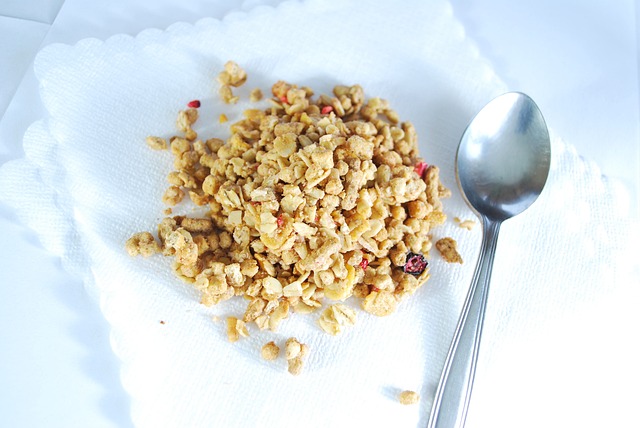
Eating low-glycemic index foods promotes a healthier body shape in patients with coronary artery disease, according to a study presented at ACNAP-EuroHeartCare Congress 2022, the scientific congress of the European Society of Cardiology (ESC).
The glycemic index (GI) ranks carbohydrate-containing foods based on how quickly they affect blood sugar levels. High GI foods cause a rapid rise in blood sugar and include white bread, white rice, potatoes, and sweets. Low GI foods are digested more slowly and gradually increase blood sugar; They include some fruits and vegetables such as apples, oranges, broccoli and leafy greens, legumes such as chickpeas, lentils and beans, and whole grains such as brown rice and oats. Meat, poultry and fish do not have a GI rating because they do not contain carbohydrates.
Observational studies have previously indicated that high-GI diets are associated with an increased risk of cardiovascular disease and type 2 diabetes. This randomized controlled study evaluated the potential benefit of a low-GI diet on body mass index (BMI). ), waist circumference, hip circumference, and waist-hip ratio in patients with coronary artery disease.
Between 2016 and 2019, the study randomly assigned 160 patients ages 38 to 76 to three months of a low-GI diet or a routine diet. Both groups continued to receive standard therapies for coronary artery disease. Patients in the low-GI group were advised to consume low-GI foods and exclude high-GI foods while continuing their usual protein and fat intake.
The routine diet group was advised to consume the recommended coronary artery disease diet that limits fat and some proteins such as whole milk, cheese, meat, egg yolks, and fried foods. Diet adherence was assessed with a food frequency questionnaire. Anthropometric indices were measured at the beginning of the study and after three months.
The average age of the participants was 58 years and 52% were women . Anthropometric indices were similar between the groups at the beginning of the study. At three months, all body measurements had decreased in both groups compared to baseline, but the changes were only significant in the low-GI group.
When researchers compared changes from baseline to completion of the study between groups, the low-GI diet led to significant reductions in BMI and waist circumference. BMI was reduced by 4.2 kg/m2 in the low GI group compared to 1.4 kg/m2 in the usual diet group. Waist circumference decreased by 9 cm in the low GI group compared to 3.3 cm in the routine diet group. There were no significant differences between groups for hip circumference and waist-to-hip ratio.
The researchers also investigated whether the intervention affected women and men differently. They found that a low-GI diet was more likely to influence waist circumference, hip circumference, and waist-to-hip ratio in men compared to women.
The beneficial effect of a low-GI diet on BMI was the same for men and women.
Study author Dr Jamol Uzokov, from the Republican Specialized Scientific Practice Medical Center of Therapy and Medical Rehabilitation, Tashkent, Uzbekistan, said: "While larger studies are needed to confirm these findings, our research indicates that emphasizing foods with a low GI as part of a balanced diet could help patients with heart disease control their body weight and waistline.”
*The abstract: ’Influence of low glycemic index diet on anthropometric parameters in patients with atherosclerotic coronary artery disease’ was presented during ’ePoster session 3’ on May 23 at 08:30 CEST.
















